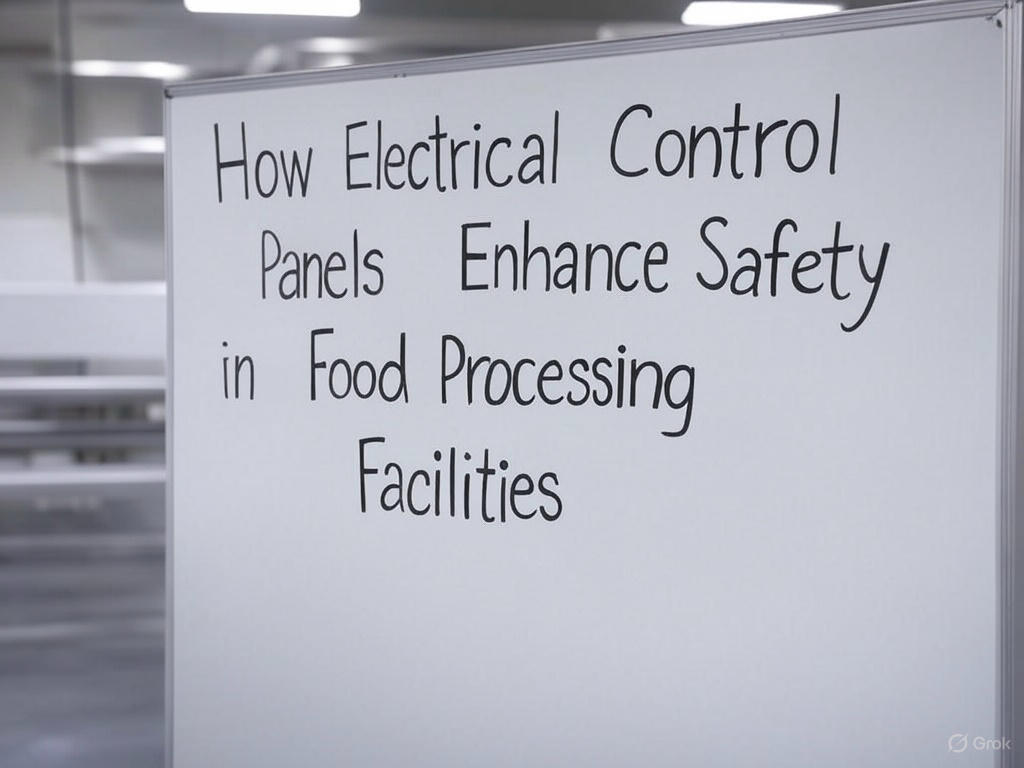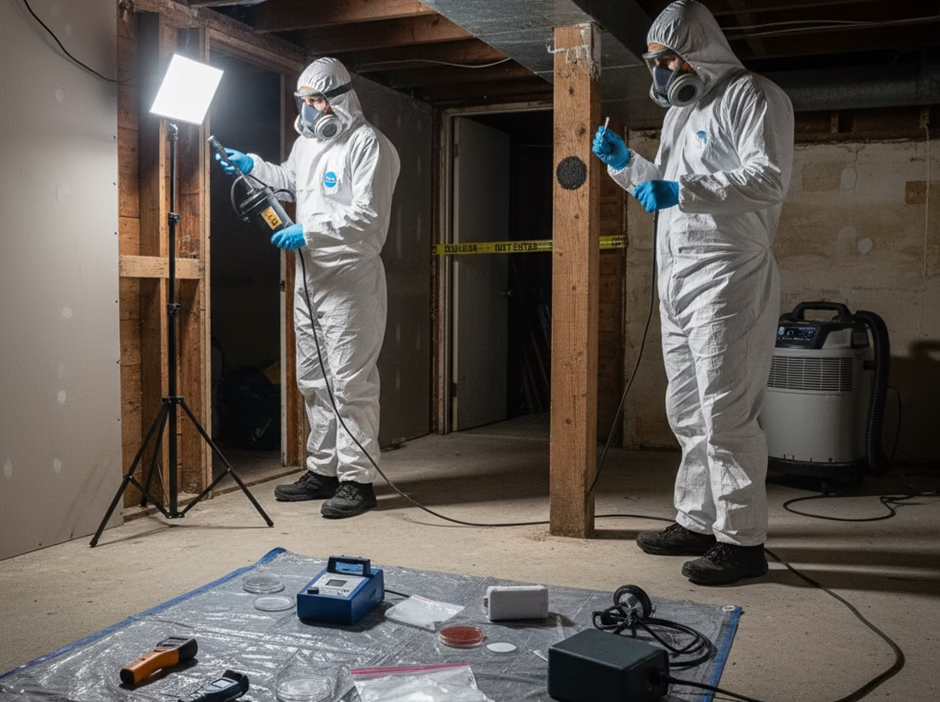In the food processing industry, safety isn’t just a priority — it’s a legal and ethical necessity. Food products must be processed in environments that ensure cleanliness, consistency, and strict adherence to regulatory standards. While much of the focus is placed on sanitation protocols, equipment design, and quality control, one essential component often goes unnoticed: the electrical control panel.
Electrical control panels are the nerve centers of food processing equipment. They power and coordinate everything from conveyors and mixers to refrigeration units and automated packaging lines. When properly designed and maintained, these panels do more than just deliver electricity — they enhance safety, ensure regulatory compliance, and support uninterrupted operations. Let’s take a closer look at how electrical control panels contribute to the safe and efficient functioning of food processing facilities.
1. Ensuring Equipment Operates Within Safe Parameters
Food processing machines must run within precise parameters for temperature, timing, speed, and pressure. Electrical control panels enable this through programmable logic controllers (PLCs), sensors, and automation components. These intelligent systems:
- Monitor machinery in real-time
- Prevent overloading or overheating
- Automatically shut down equipment if unsafe conditions are detected
- Control temperature-sensitive processes to prevent spoilage or contamination
By maintaining exacting standards, control panels help ensure that each batch of food is processed safely and consistently.
2. Minimizing Human Error Through Automation
One of the leading causes of workplace accidents and production errors in food processing is human error. Smart electrical control panels reduce this risk by automating repetitive and high-risk tasks, such as:
- Ingredient mixing and dispensing
- Product movement along production lines
- Packaging, sealing, and labeling
Automation reduces the need for manual intervention, which not only minimizes the chance of accidents but also ensures that hygiene standards are maintained. Fewer human touches mean fewer opportunities for contamination — a key factor in food safety.
3. Meeting Regulatory and Industry Standards
Food processing facilities must comply with a wide range of safety standards, including:
- FDA regulations
- HACCP (Hazard Analysis and Critical Control Points)
- OSHA electrical safety requirements
- National Electrical Code (NEC)
Modern electrical control panels are designed with these standards in mind. They include features such as:
- Lockout/tagout capabilities
- Emergency stop buttons
- Explosion-proof or washdown-rated enclosures for wet or dusty environments
- Intrinsically safe components for use near flammable substances
These features make it easier for facilities to pass inspections and avoid costly violations or shutdowns.
4. Improving Electrical and Fire Safety
Electrical faults such as short circuits, arc flashes, or overloaded circuits can cause devastating fires or injuries. Food processing plants, which often run high-powered equipment for long shifts, are especially vulnerable.
Well-designed electrical control panels enhance safety by:
- Distributing electrical loads evenly across circuits
- Using circuit breakers and fuses to prevent overcurrent conditions
- Including surge protection and fault detection systems
- Allowing for proper grounding and bonding
Additionally, routine panel maintenance and thermal imaging can help detect hot spots or loose connections before they become serious hazards.
5. Facilitating Fast Emergency Response
In the event of a malfunction, quick response is crucial to prevent injury, product loss, or contamination. Electrical control panels streamline emergency response by:
- Triggering alarms and status indicators when a fault is detected
- Allowing remote access and diagnostics
- Providing clear labeling and centralized control for fast system shutdown
Modern panels can also be integrated with facility-wide monitoring systems, so decision-makers are alerted instantly when issues arise, no matter where they are.
6. Supporting Hygienic Design and Cleanability
Cleanability is critical in food processing environments. Electrical control panels used in these facilities must often meet NEMA 4X or IP66 standards to ensure they can withstand regular washdowns without allowing moisture or debris to enter the enclosure.
Many panels are constructed from stainless steel and designed with smooth surfaces, rounded edges, and sealed seams to prevent bacterial buildup. This ensures that food processing areas remain both sanitary and electrically safe.
Final Thoughts
In food processing facilities, safety extends far beyond the visible production line. Electrical control panels, while often out of sight, are fundamental to safe, sanitary, and compliant operations. From automating critical processes to preventing electrical hazards, these panels form the backbone of a secure and efficient facility and are built by certified Idaho Falls Electricians.
As the food industry continues to evolve with tighter regulations and higher consumer expectations, investing in modern, well-maintained electrical control panels isn’t just a technical upgrade — it’s a strategic move toward safety, quality, and operational excellence.
If you’re in the food processing business, don’t overlook the power of your control panels. They might just be the quiet guardians keeping your facility — and your food — safe.






